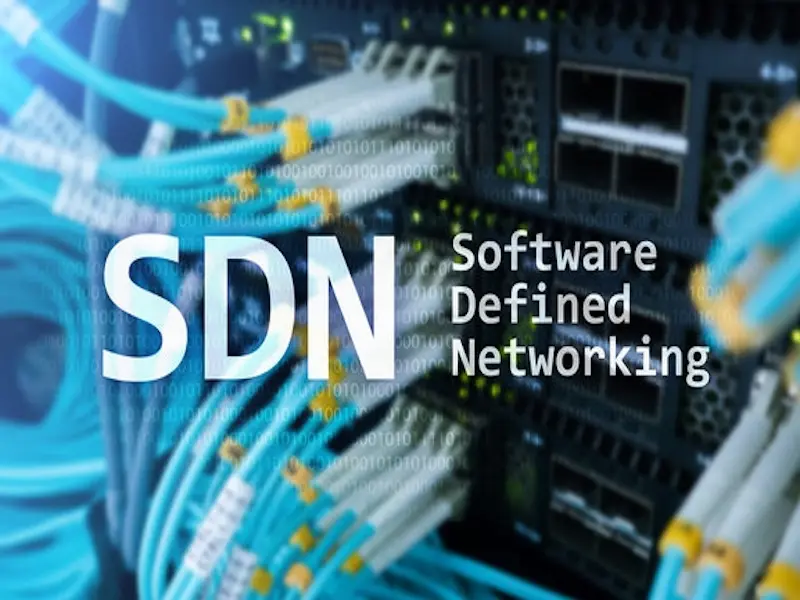- AI enhances network performance and security by automating tasks, predicting issues, and detecting threats in real-time.
- AI automates routine tasks, improves efficiency, and enables dynamic network adjustments for better reliability.
Artificial Intelligence (AI) is transforming many industries, and network architecture is no exception. Traditional networks are evolving as AI brings new tools, efficiencies, and capabilities. This shift is not just technical; it also changes how organisations manage their networks, respond to threats, and ensure data flow remains optimal.
Optimising network performance
AI can significantly enhance network performance. Traditional network architectures rely on manual configuration and monitoring. This approach can be time-consuming and prone to human error. AI, however, automates many of these tasks. Algorithms analyse network traffic, identify bottlenecks, and suggest or make adjustments in real-time. This dynamic response leads to better performance with fewer interruptions.
Also read: What is Routing Information Protocol (RIP)?
Machine learning, a key branch of AI, helps predict network issues before they become problems. By analysing historical data, machine learning models can forecast congestion or potential faults. Network administrators can then act proactively, reducing downtime. This ability to anticipate problems sets AI apart from traditional, reactive network management methods.
Strengthening security
Security is another area where AI is making a big impact. Traditional security measures, like firewalls and signature-based detection systems, have limitations. They struggle to keep up with the evolving nature of cyber threats. AI improves network security by analysing vast amounts of data quickly. It identifies unusual patterns that might indicate an attack, even if the specific threat is new.
AI-powered systems use behavioural analysis to detect anomalies. They compare current activity with established norms to spot anything out of place. This proactive approach helps detect threats that older, rule-based systems might miss. As cyber threats become more sophisticated, AI offers a level of agility and speed that traditional methods lack.
Automating routine tasks
AI is also reshaping how network administrators work by automating routine tasks. Setting up new devices, managing IP addresses, and monitoring network health are often tedious but essential. AI tools take over these repetitive jobs, freeing up human administrators for more strategic work. This not only saves time but also reduces the risk of errors.
Self-learning AI systems adapt to the network environment over time. They learn the patterns of data flow, typical workloads, and peak usage times. With this knowledge, they can adjust resource allocation automatically, ensuring the network runs smoothly with minimal human intervention.
AI and SDN: A powerful combination
Software-Defined Networking (SDN) is another technology that benefits from AI integration. SDN separates the control layer from the physical network hardware. This separation allows greater flexibility in managing traffic. When combined with AI, SDN becomes even more powerful. AI can analyse traffic patterns and direct SDN controllers to optimise data flow in real time.
AI-driven SDN can also improve security by dynamically isolating parts of the network during an attack. It allows the network to respond in real time, adjusting policies and isolating suspicious traffic before it spreads. This level of responsiveness is hard to achieve with traditional, hardware-centric network setups.
Also read: 7 key benefits of Software-Defined Networking
Challenges of AI integration
While AI offers many advantages, integrating it into traditional network architectures comes with challenges. AI systems require large amounts of data for training. Collecting and managing this data can be complex. Privacy concerns also arise, as AI systems need access to sensitive network information to function effectively.
Moreover, AI’s decision-making processes are often seen as a “black box.” Network administrators may find it hard to understand or trust decisions made by an AI system. Clear protocols and oversight are needed to ensure that AI-driven actions align with organisational goals.

